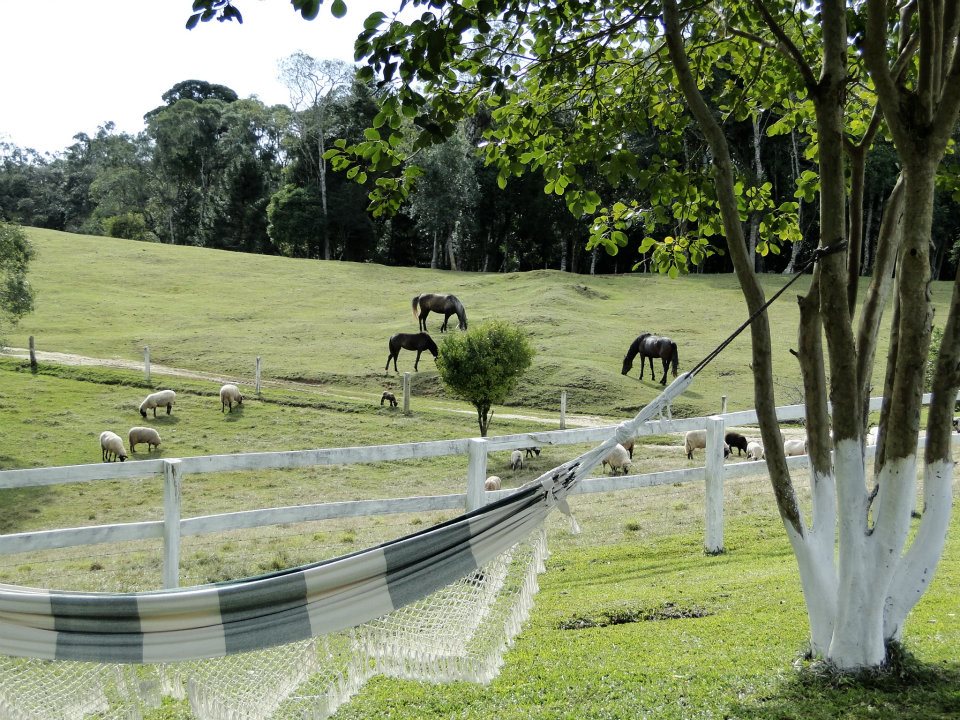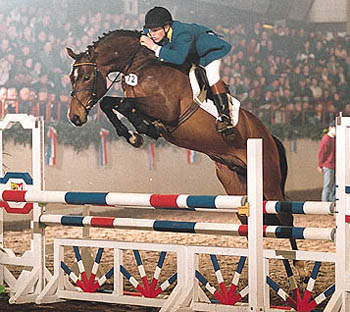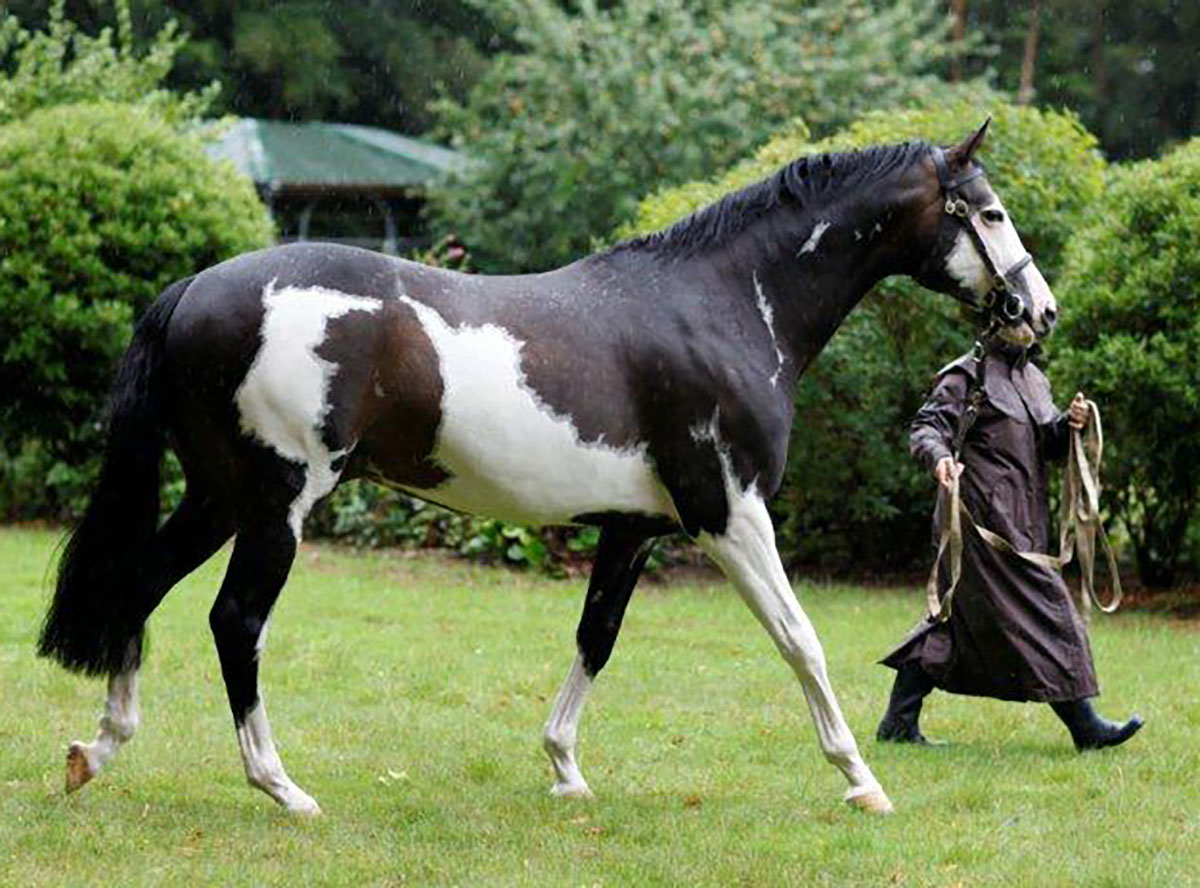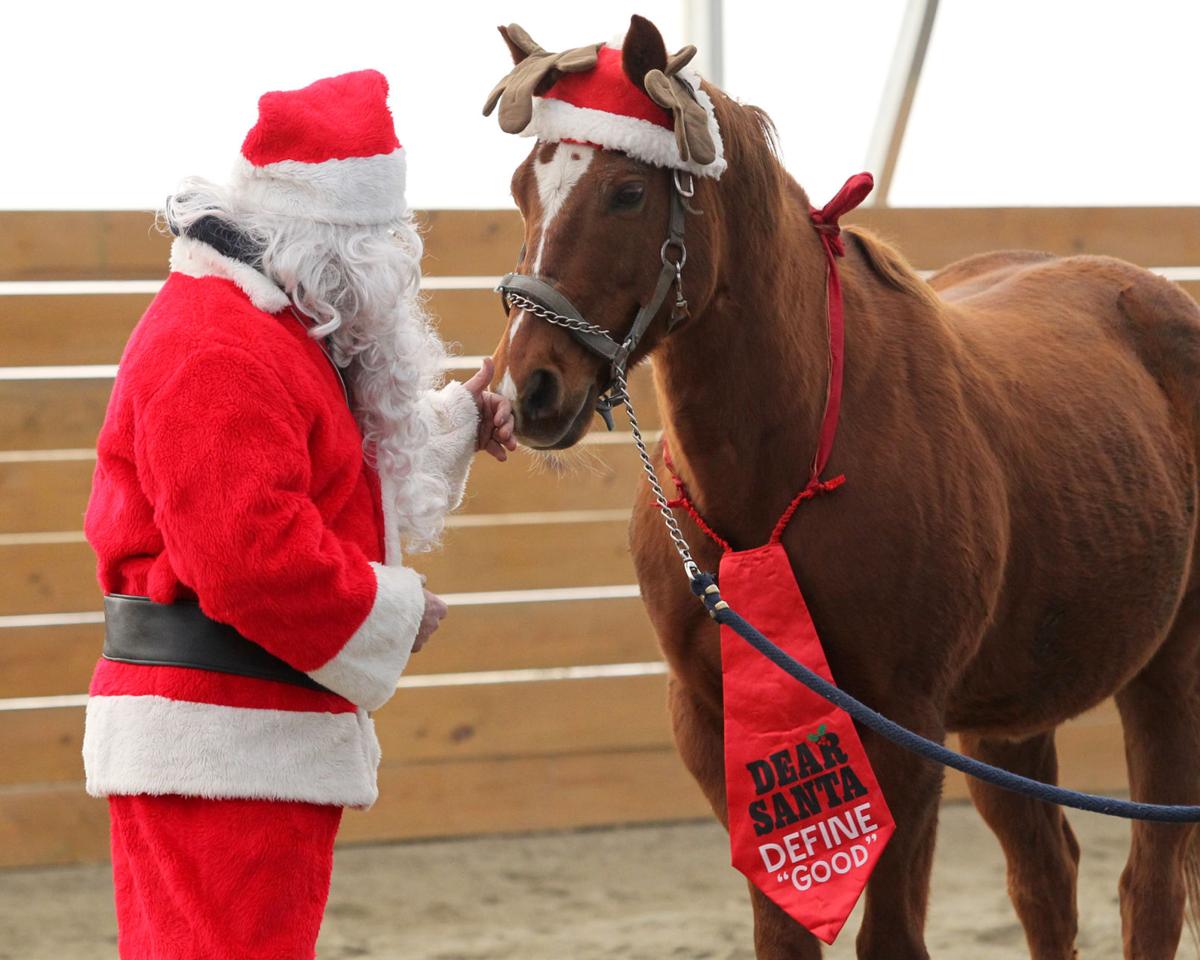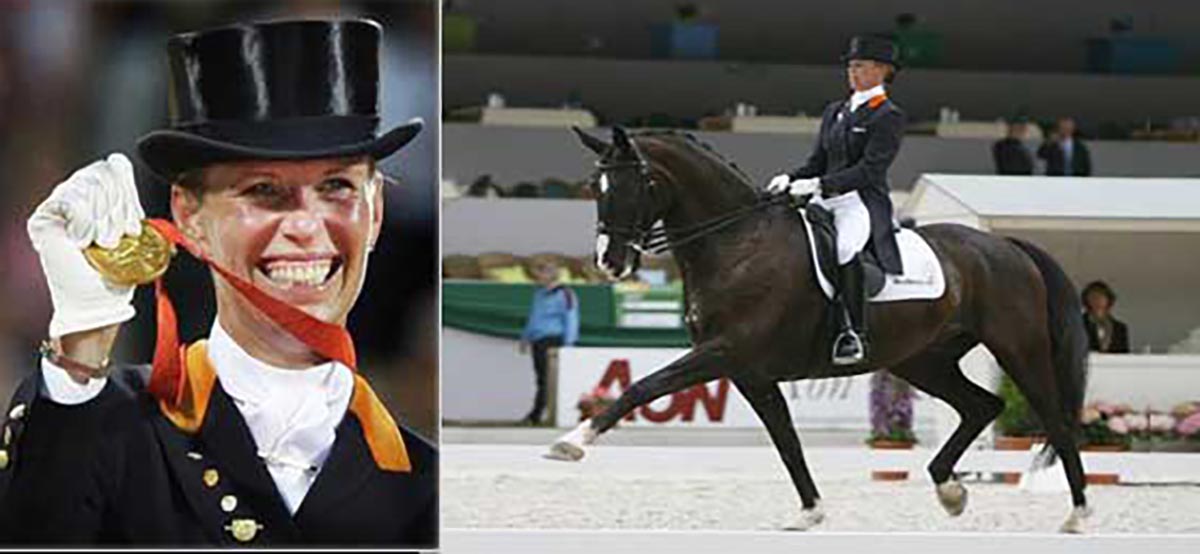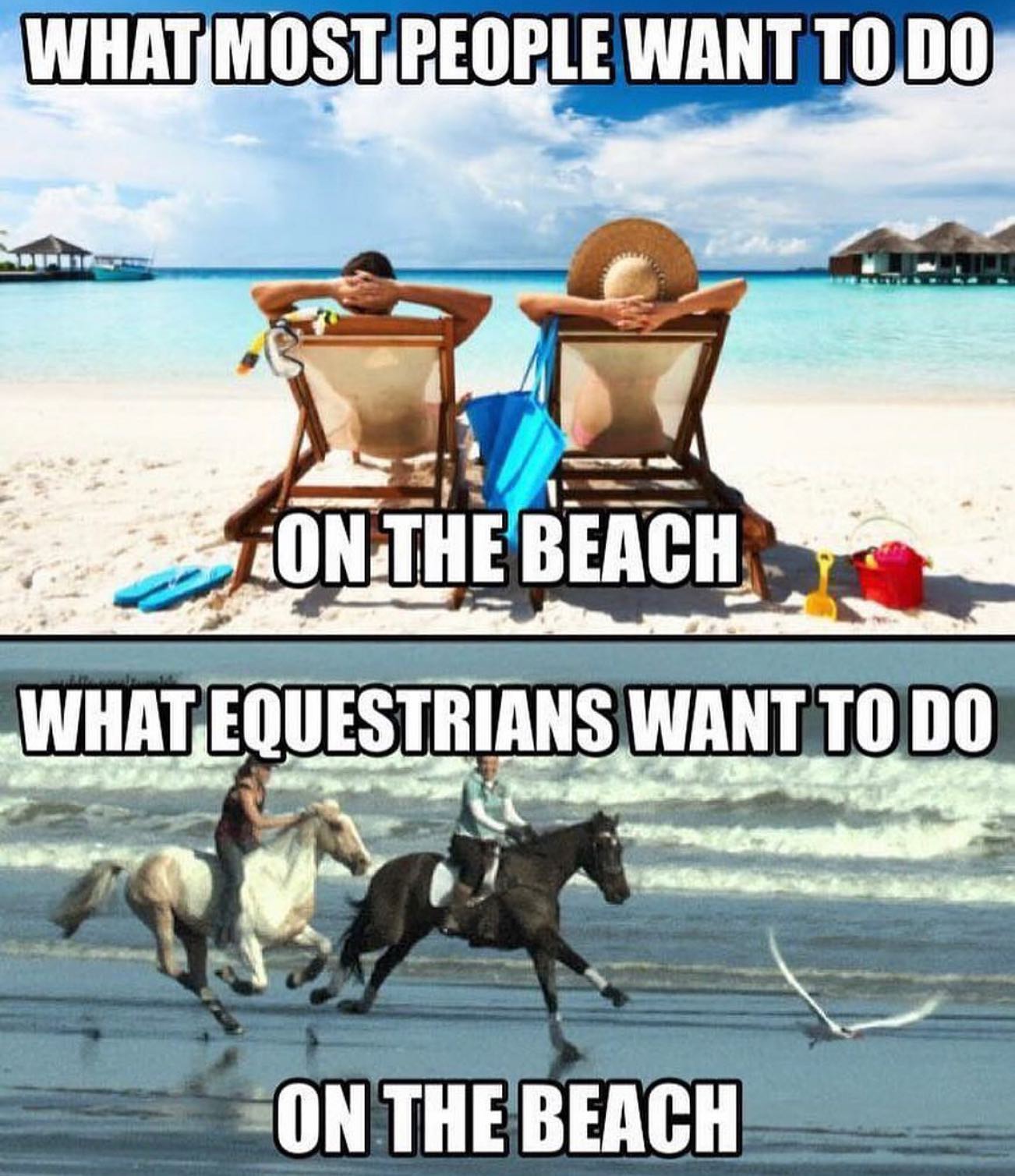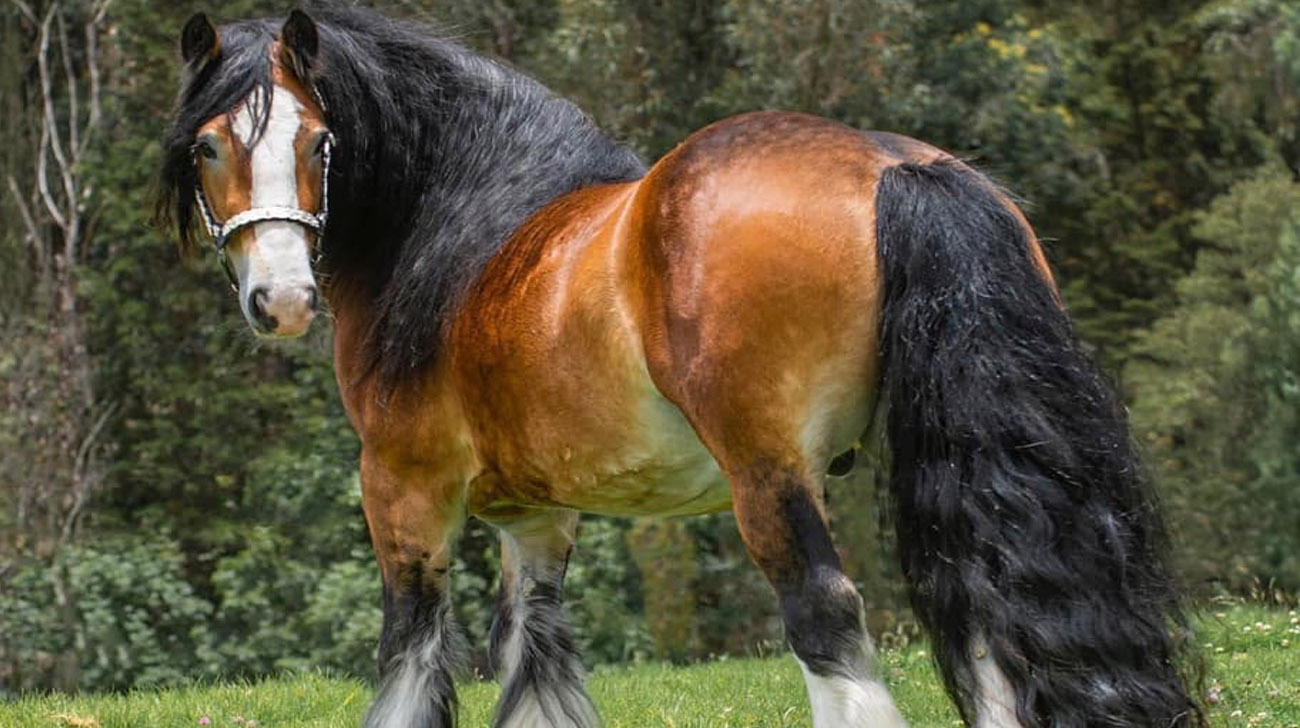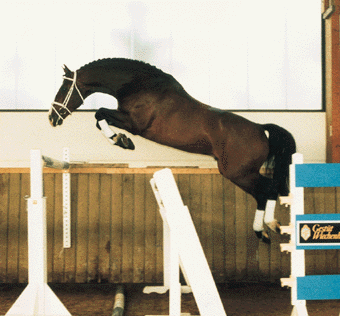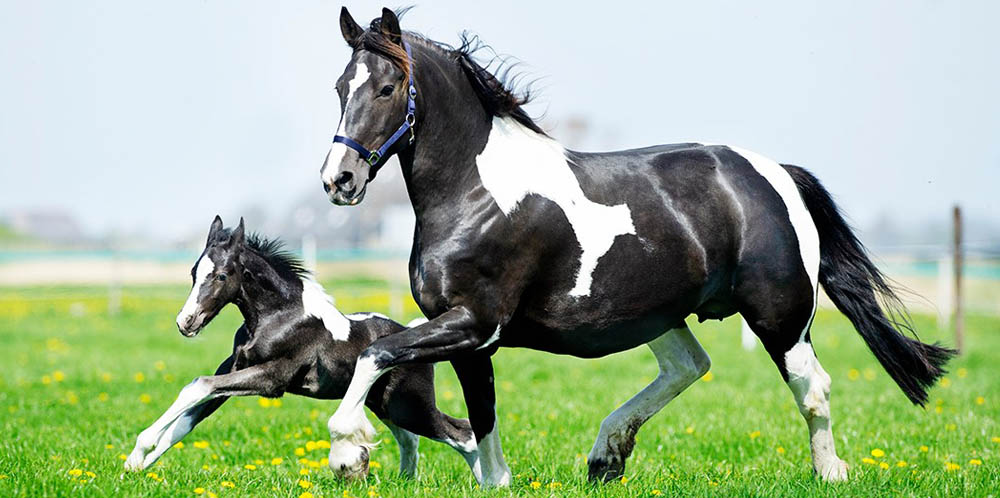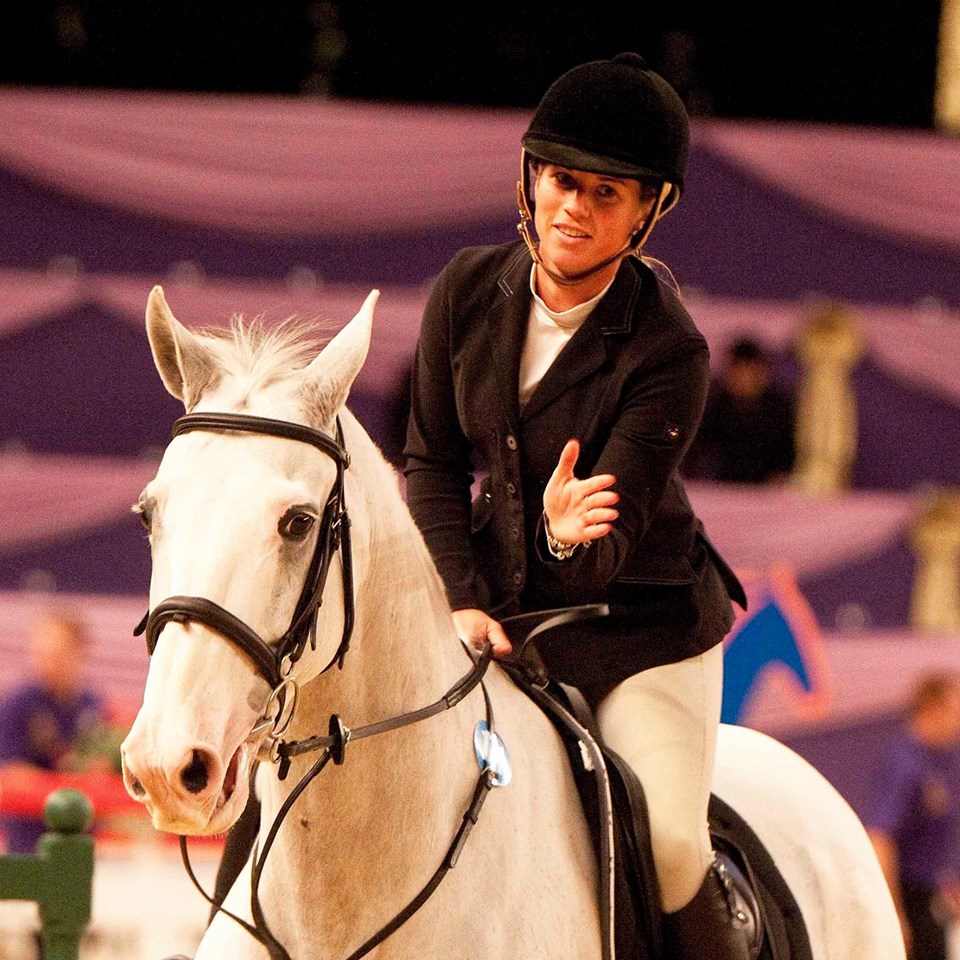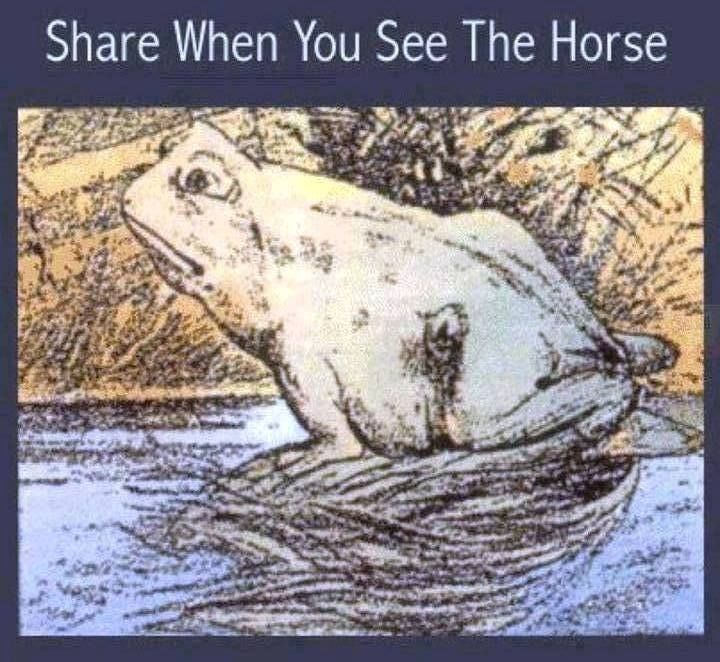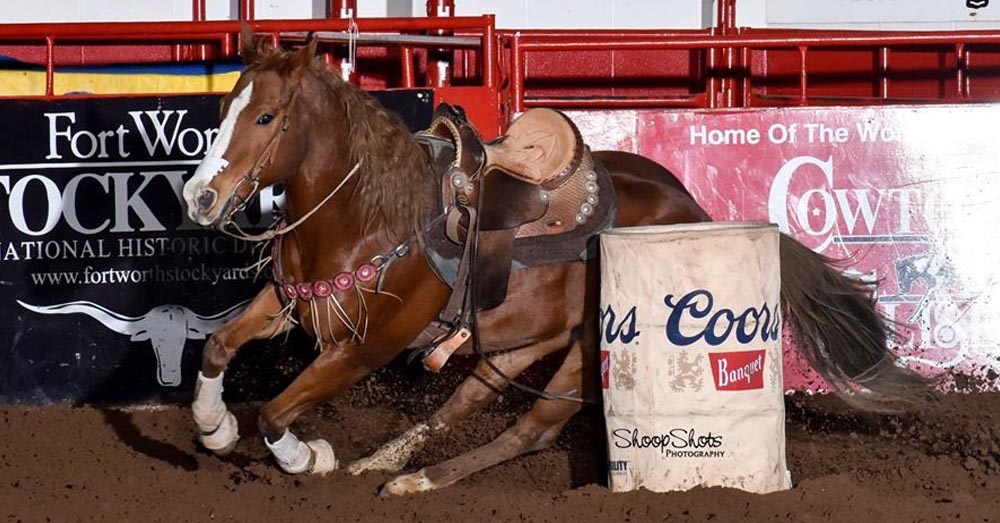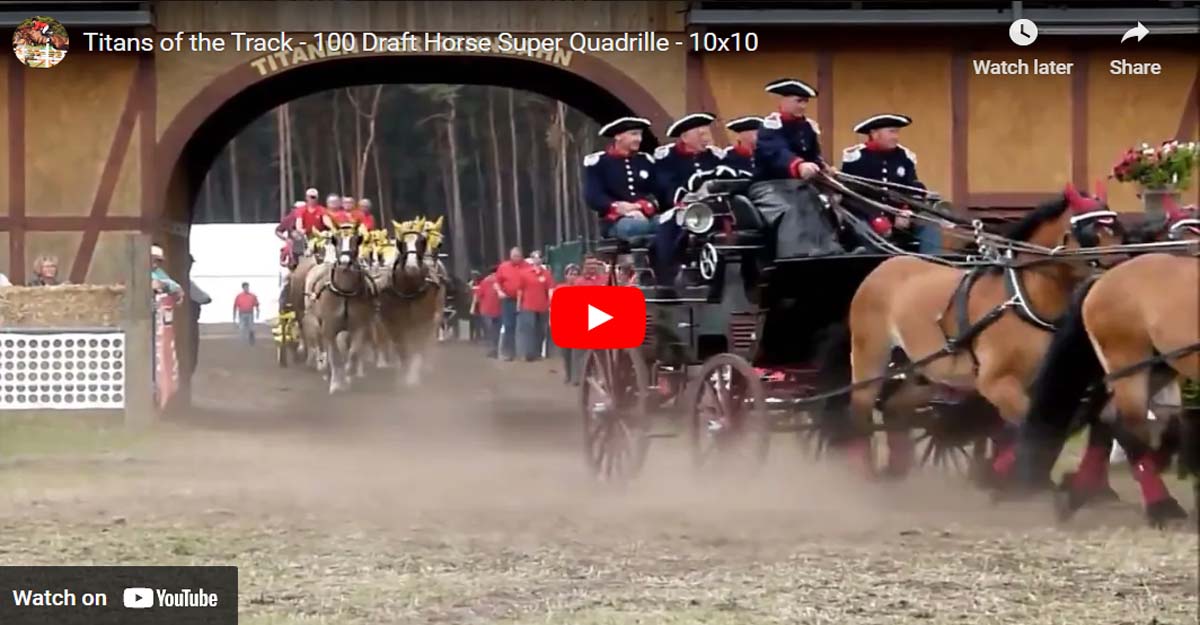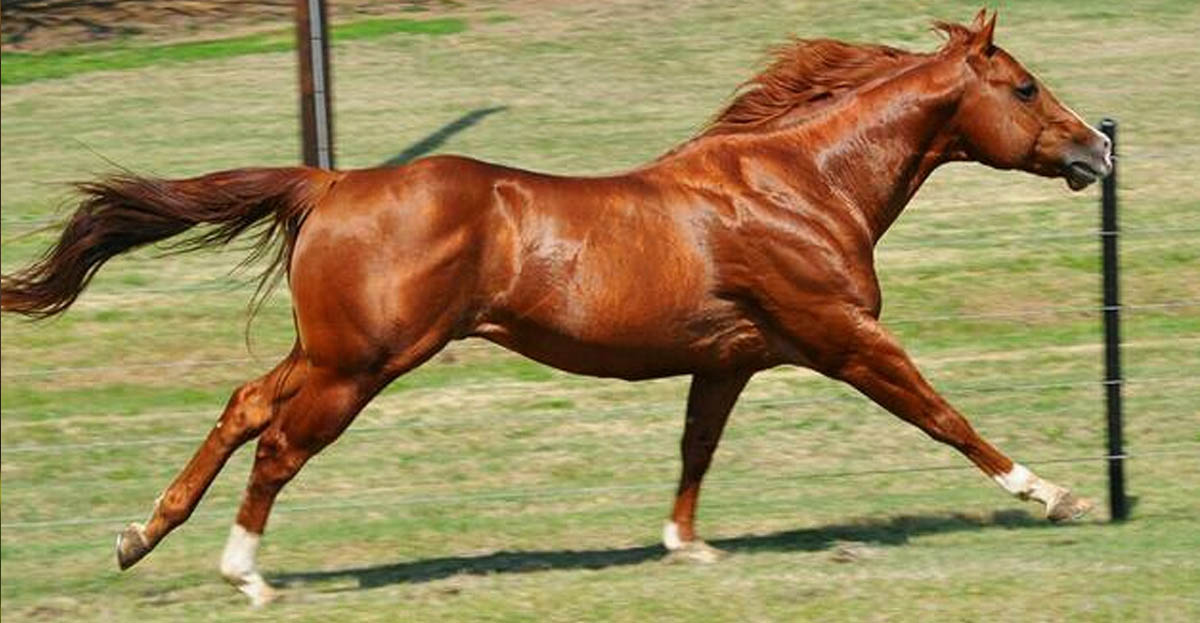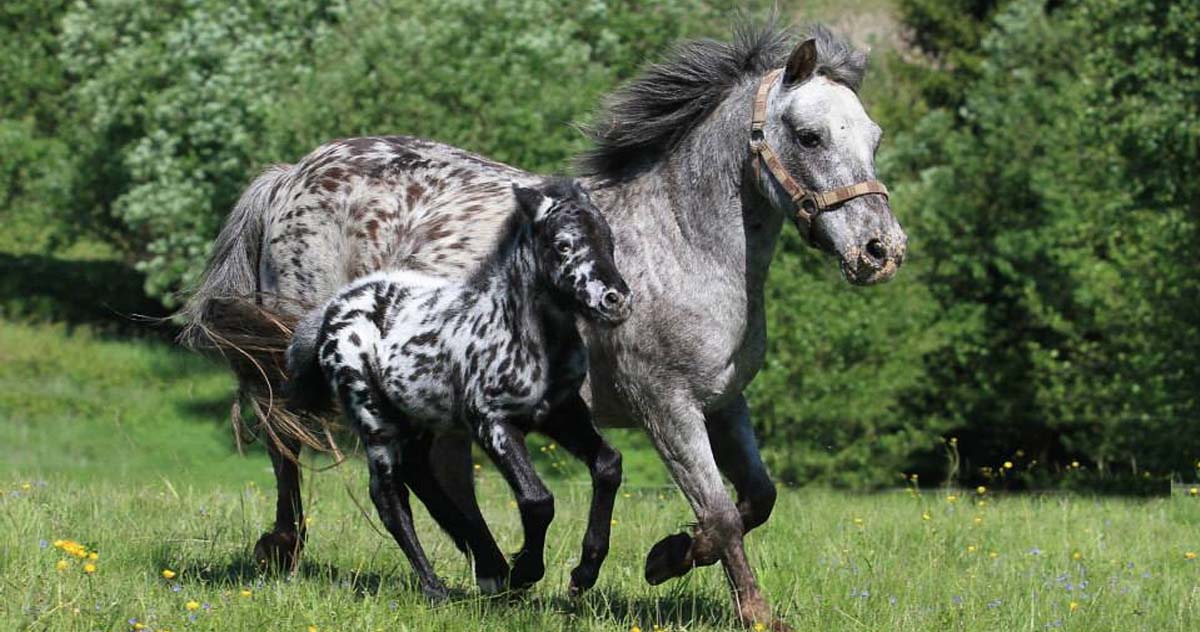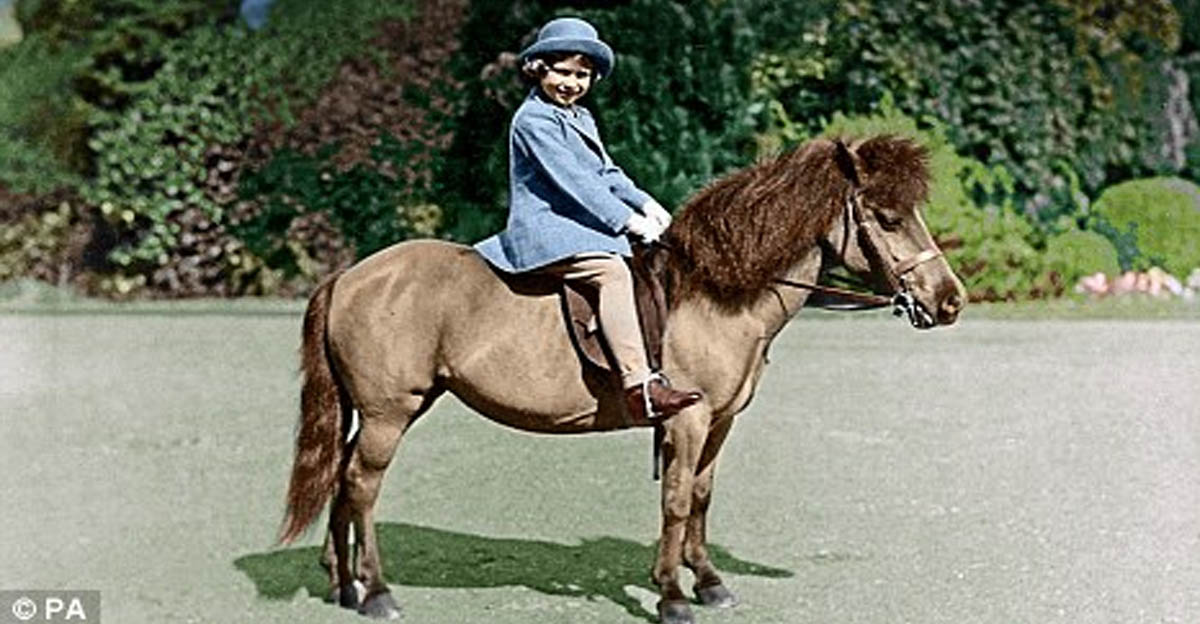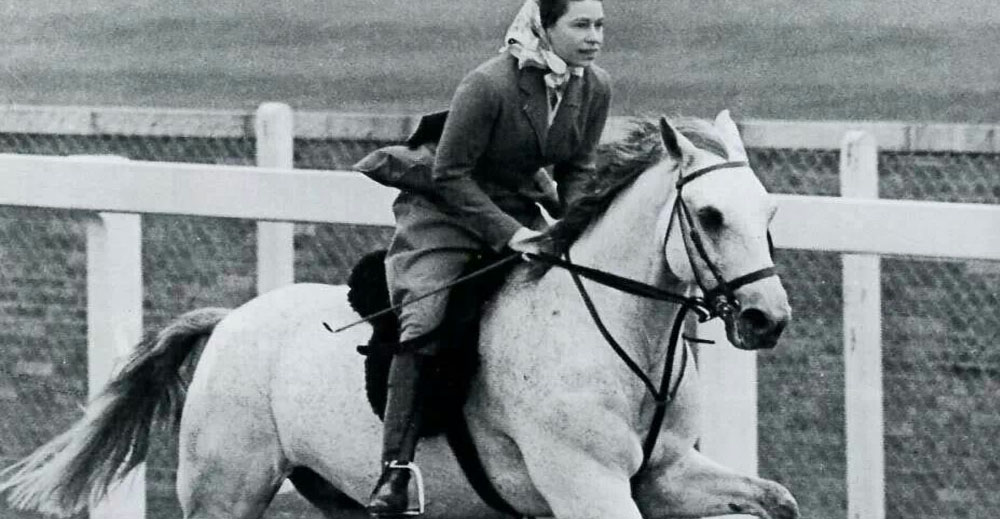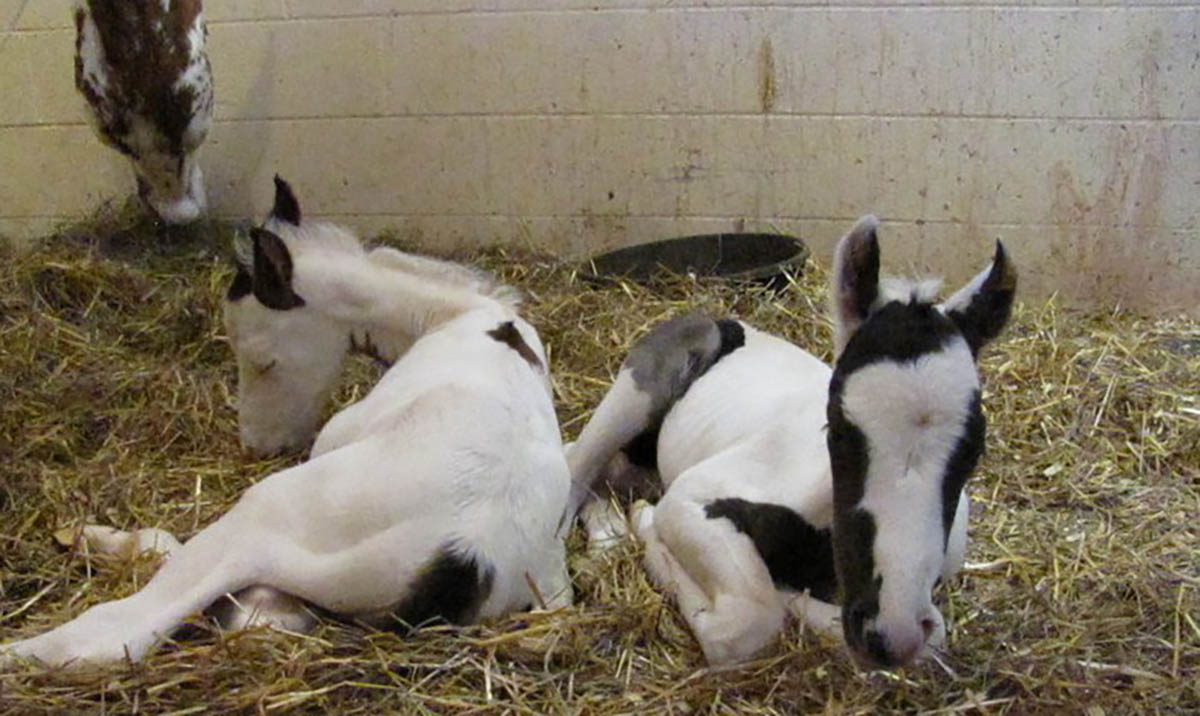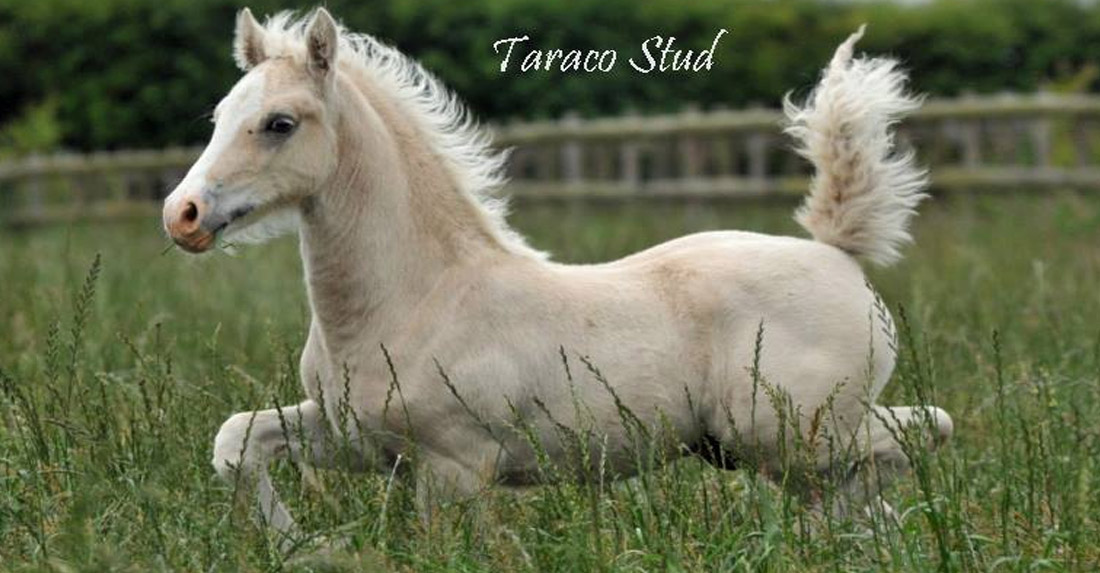Navicular
Navicular Disease is a vascular disease (insufficient blood supply) and, as such, is affected by changes in shoeing, ground surface (clay vs. sand vs. road) and exercise.
Navicular Disease is a vascular disease (insufficient blood supply) and, as such, is affected by changes in shoeing, ground surface (clay vs. sand vs. road) and exercise. The quarter horse breed is said to have more problem with Navicular Disease because of the genetically small foot on a 800 - 1000 lb. body. Thoroughbreds come in a close second. Quite often, Navicular Bursitis precedes bony changes because it is the soft tissue structure beneath the bone. For that reason (and others), you can have a clinically lame horse with radiographic changes or without and to confuse the issue further, you can have radiographic changes and no lameness. This can be compared to "Russian Roulette", but not with such severe consequences. Many horses with clinical ND can be kept sound with good shoeing and (most important) isoxsuprine (vasodilator drug). However, your Vet would be correct in not predicting long term soundness in a horse with progressive ND.
My advice is to determine how suited this horse is for you and how much you like him/her in every other way. Then weigh that against the risk factor of future lameness from unmanageable ND. To help with your decision, consider:
If you`re thinking of buying this horse, would the current owner consider a 1 year lease (trial period) to allow you to institute therapy and see how sound the horse stays throughout the trial

Navicular Disease is a vascular disease (insufficient blood supply) and, as such, is affected by changes in shoeing, ground surface (clay vs. sand vs. road) and exercise. The quarter horse breed is said to have more problem with Navicular Disease because of the genetically small foot on a 800 - 1000 lb. body. Thoroughbreds come in a close second. Quite often, Navicular Bursitis precedes bony changes because it is the soft tissue structure beneath the bone. For that reason (and others), you can have a clinically lame horse with radiographic changes or without and to confuse the issue further, you can have radiographic changes and no lameness. This can be compared to "Russian Roulette", but not with such severe consequences. Many horses with clinical ND can be kept sound with good shoeing and (most important) isoxsuprine (vasodilator drug). However, your Vet would be correct in not predicting long term soundness in a horse with progressive ND.
My advice is to determine how suited this horse is for you and how much you like him/her in every other way. Then weigh that against the risk factor of future lameness from unmanageable ND. To help with your decision, consider:
- What kind of foot the horse has (under run heel? flat foot? small foot?)
- How has he/she been shod?
- What kind of work has the horse been in for the last 2 1/2 years, and what do you intend to do with the animal?
If you`re thinking of buying this horse, would the current owner consider a 1 year lease (trial period) to allow you to institute therapy and see how sound the horse stays throughout the trial



